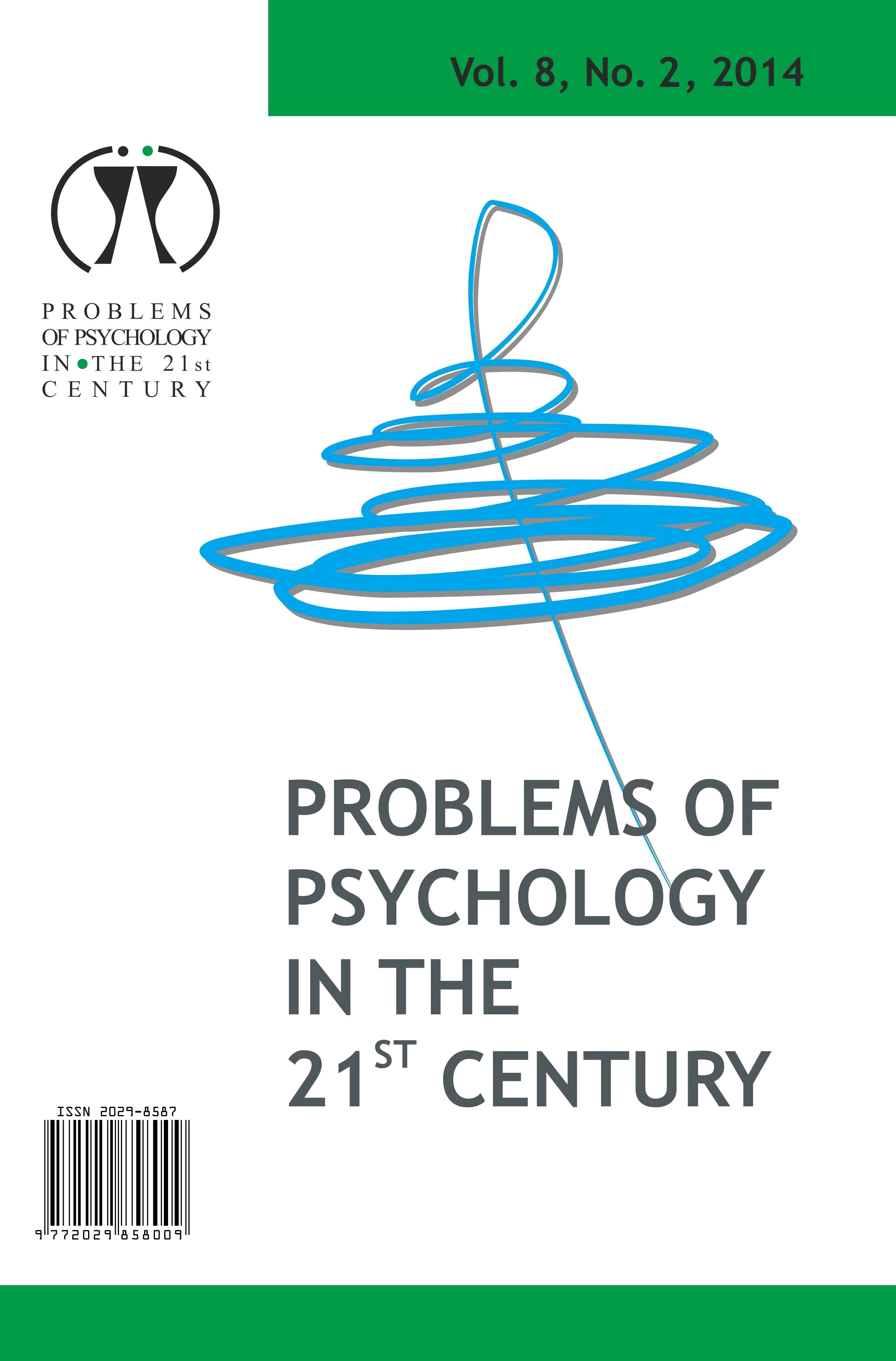EXAMINING ADULT’S IDENTITY STATUSES: ADAPTIVE VS. MALADAPTIVE DIMENSION
EXAMINING ADULT’S IDENTITY STATUSES: ADAPTIVE VS. MALADAPTIVE DIMENSION
Author(s): Maia Mestvirishvili, Natia Mestvirishvili, Khatuna Martskvishvili, Luiza ArutinovSubject(s): Social Sciences, Psychology, Personality Psychology, Psychology of Self
Published by: Scientia Socialis, UAB
Keywords: adolescence period; ego identity status; ego identity development; psychosocial factors;
Summary/Abstract: To achieve the status of ego identity remains the most important challenge for the adolescence period and consequently is a challenge for developmental psychologists too. The vast majority of studies focus on understanding the dynamics of ego identity development, however, factors that cause different path of development remained unclear. This study aims at tracking the paths, which differentiate ego statuses from finding psychosocial factors contributing to ego identity achievement. For this purpose the relationships between four identity statuses - achievement, exploration, moratorium and foreclosure and number of psychosocial variables such as attachment style, self-esteem and perfectionism have been examined. 386 school teenagers aged 14-17 (M = 15.48) filled a set of questionnaires comprised of four instruments: The Ego Identity Process Questionnaire (EIPQ), The Measure of Attachment Qualities (MAQ), The Perfectionism Inventory (PI) and Adult Sources of Self-Esteem Inventory (ASSEI). Discriminant analysis revealed two basic dimensions (adaptive and maladaptive), which are capable to depict the difference between ego identity statuses. The first discriminant function of ego identity status is primarily defined by conscientious perfectionism and secured attachment; whereas, the second discriminant function consists of avoidance attachment, self-evaluative perfectionism and ambivalent attachment styles.
Journal: Problems of Psychology in the 21st Century
- Issue Year: 8/2014
- Issue No: 2
- Page Range: 152-160
- Page Count: 9
- Language: English

